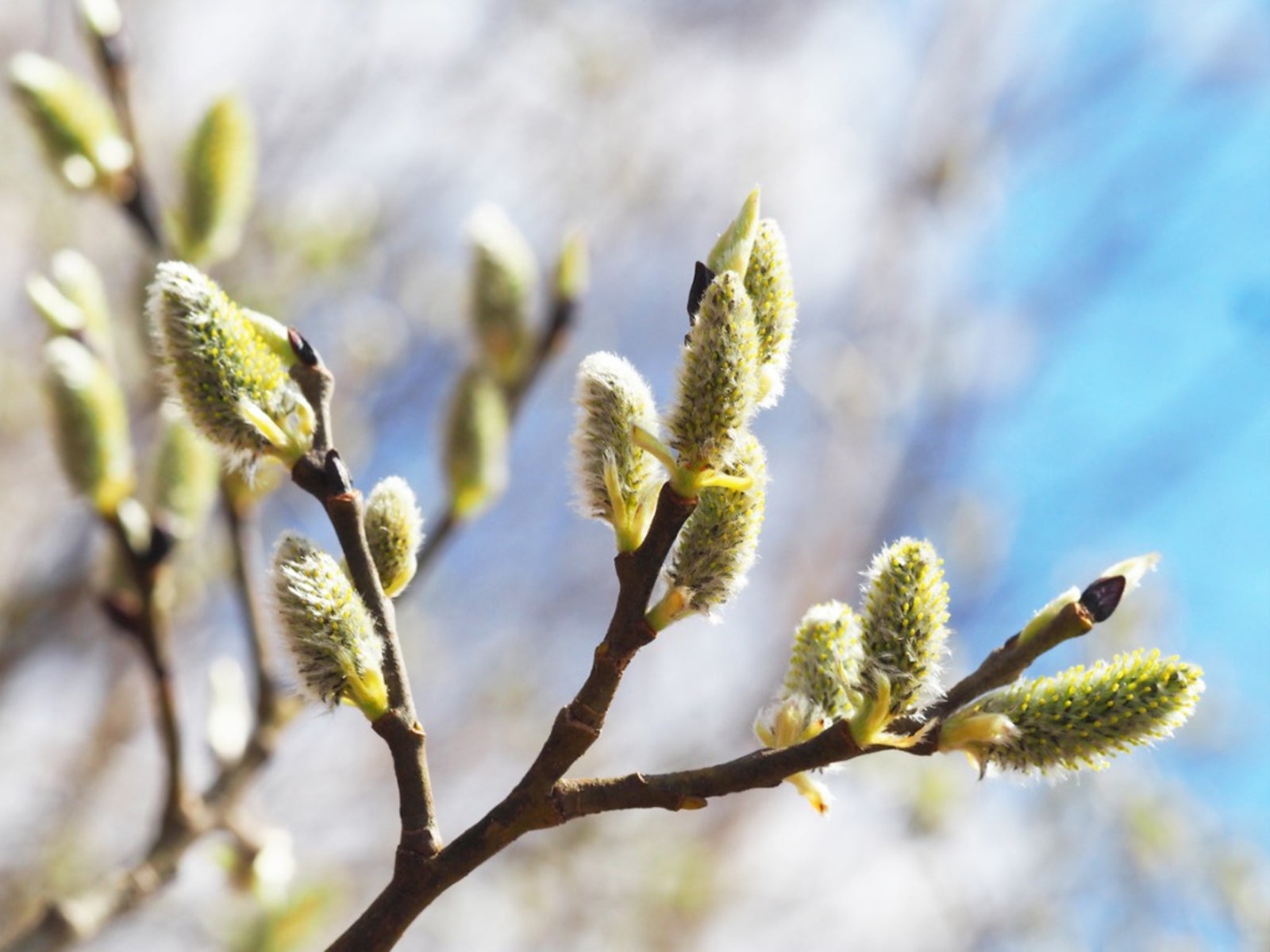When Do Plants Wake Up – Learn About Plant Dormancy In The Garden


After months of winter, many gardeners have spring fever and a terrible craving to get their hands back into the dirt of their gardens. On the first day of nice weather, we head out to our gardens to see what is popping up or budding. Sometimes, this can be disappointing, as the garden still looks dead and empty. In the days and weeks to follow, many of the plants will begin to show signs of life, but our attention turns to the plants that still aren’t budding or popping up. Panic can set in as we begin to wonder if the plant is dormant or dead. We may search the internet with the vague question: when do plants wake up in spring? Of course, there is no exact answer to that question because it depends on too many variables, such as which plant it is, what zone you live in, and precise details of the weather your area has been experiencing. Continue reading to learn how to tell if plants are dormant or dead.
About Plant Dormancy
This has probably happened at least once to every gardener; most of the garden greens up but one or more plants seem to not be coming back, so we begin to assume it is dead and may even dig it up to dispose of it. Even the most experienced gardeners have made the mistake of giving up on a plant that just needed a little extra rest. Unfortunately, there is no rule that says every plant will come out of dormancy by April 15th or some other exact date. Different types of plants have different rest requirements. Many plants need a certain length of cold and dormancy before the warmth of spring will trigger them to wake up. In abnormally mild winters, these plants may not get their required cold period and may need to stay dormant longer or might not even come back at all. Most plants are also very in tune with the length of daylight and will not come out of dormancy until the days become long enough to accommodate their sunlight needs. This may mean that during an especially cloudy and cool spring, they will stay dormant longer than they have in previous warm, sunny springs. Keep in mind that plants won't wake up on exactly the same date that they did in previous years, but by keeping records of your specific plants and local weather, you can get an idea of their general dormancy requirements. Besides normal winter dormancy, certain plants may also go dormant at different times of the year. For example, spring ephemerals like Trillium, Dodecatheon, and Virginia bluebells come out of dormancy in early spring, grow and bloom through spring, but then go dormant when summer begins. Desert ephemerals, such as mouse-ear cress, only come out of dormancy during wet periods and stay dormant during hot, dry times. Some perennials, like poppies, may go dormant during times of drought as self-defense, then when the drought passes, they come back out of dormancy.
Signs a Plant is Dormant
Fortunately, there are a few ways to determine if a plant is dormant or dead. With trees and shrubs, you can perform what is known as the snap-scratch test. This test is as simple as it sounds. Just try snapping a branch of the tree or shrub. If it snaps easily and looks gray or brown throughout its inside, the branch is dead. If the branch is flexible, does not snap off easily, or reveals fleshy green and/or white insides, the branch is still alive. If the branch doesn’t break at all, you can scratch away a small part of its bark with a knife or fingernail to look for the fleshy green or white coloring beneath. It is possible for some branches on trees and shrubs to die over winter, while other branches on the plant stay alive, so as you perform this test, prune out the dead branches. Perennials and some shrubs may need more invasive examinations to determine if they are dormant or dead. The best way to check these plants is to dig them up and examine the roots. If plant roots are fleshy and healthy looking, replant and give them more time. If the roots are dry and brittle, mushy, or otherwise obviously dead, then discard the plant. “To everything there is a season.” Just because we are ready to start our gardening season, does not mean our plants are ready to start theirs. Sometimes, we just need to be patient and let Mother Nature run her course.
Gardening tips, videos, info and more delivered right to your inbox!
Sign up for the Gardening Know How newsletter today and receive a free copy of our e-book "How to Grow Delicious Tomatoes".